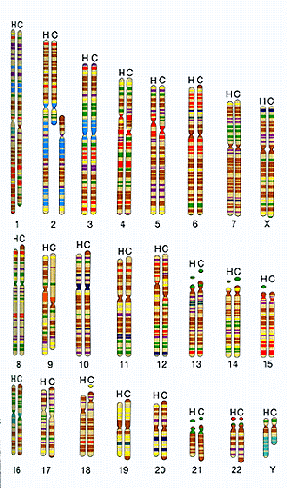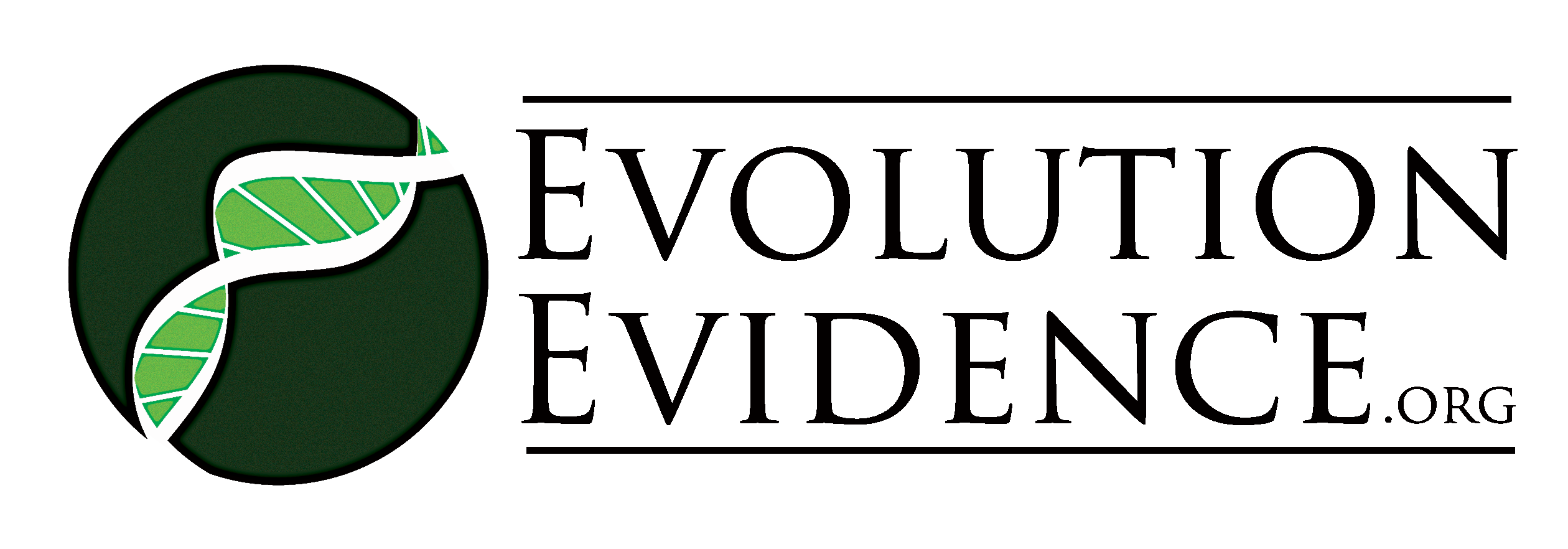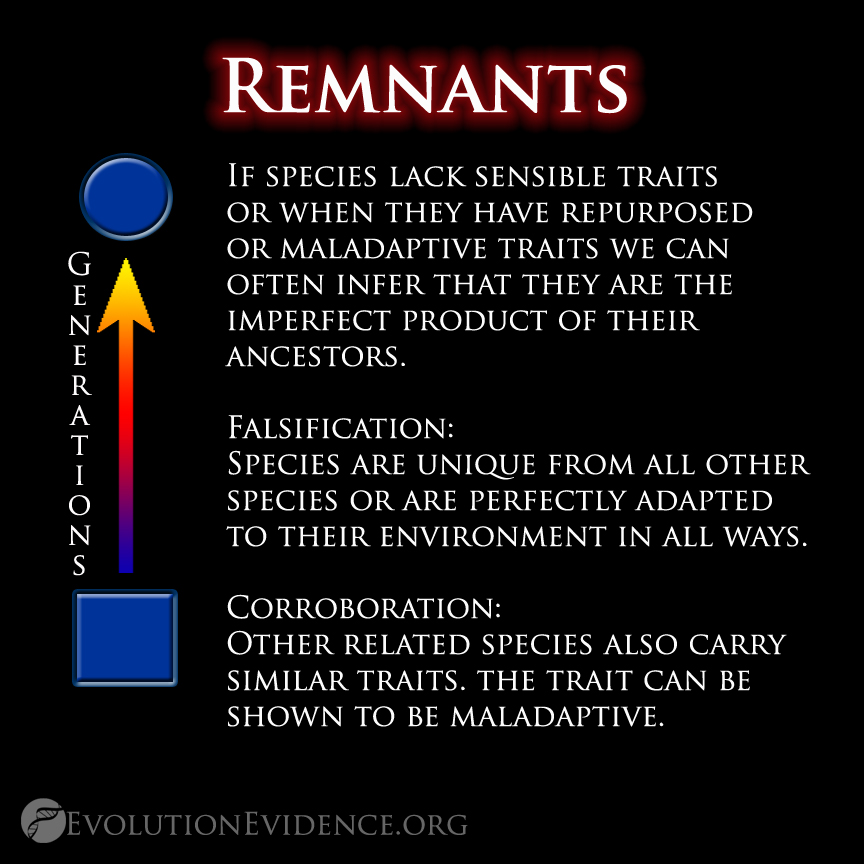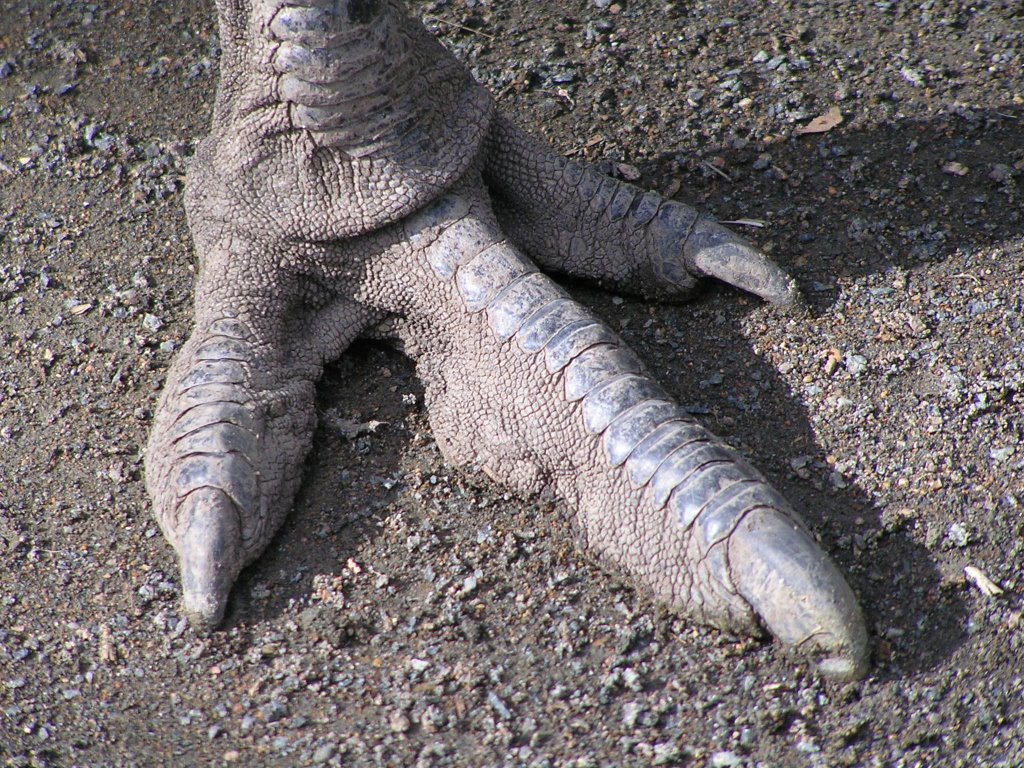In the United States, we put marks on our coins to show where they were produced. If the letter ‘D’ is on the bottom right side of the heads side then it was made in Denver, Colorado. Likewise, ‘P’ stands for Philadelphia (sometimes no mint mark), ‘S’ for San Francisco, ‘W’ for West Point, etc.
Similarly to how we can look at this coin and know where it came from we can look at species today and find signs of the past generations which they came from.
Claim: Descent with modification–species have changed over generations.
Predictions: We would find signs of past generations, remnants of where species came from. These remnants might come in the form of repurposed traits, maladative traits, non-adaptive traits, or the lack of sensible traits.
Falsification: Species are completely unique and unlike other species. They are perfectly adapted to their environment.
Observations: Vestigial Structures, pseudogenes, atavistisms (see examples below).
Corroboration: The vestigial structure is found to be homologous to another species structure. The trait is found to be injurious or does not give an adaptive advantage.
Inference: Species only have what mutation and past generations gave them. Repurposed, maladaptive traits, nonadaptive traits, and missing reasonable traits are all signs of species natural origin.
Vestigial Structures
If evolution is true, we should be able to find leftovers from past generations with species–anatomy or genes that tell of where they came from. How would we show that they are vestigial as opposed to adaptations? Well, we’d need to show that they have little or no connection to their original adaptive purpose or in some cases even hurt the species’ survival and reproduction capabilities. Also important here is how homologous they are to other species. While often exhibiting awe-inspiring adaptations, species are flawed and imperfect. Species only have what past generations gave them.
Locomotion transitions: Some of the best examples of vestigial structures come from species that have made a transition from locomotion on land, water, or air to a different medium (for instance whales from land to sea, birds from land to air, legless lizards from land to subteranean, etc.). Being conscious of this pattern can allow you to find your own examples of remnants! Please comment them at the bottom of this page!
Whales
Below is a fetal fin whale showing the vestigial tooth buds within their jaw.
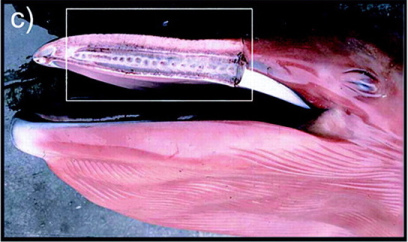
Original paper: http://www.sdnhm.org/archive/research/paleontology/DemereMorphoBaleenTeeth.pdf
While whales don’t typically have external legs (though whaling tales do exist) they do have the remnants of internal ones and the pelvises that supported them.
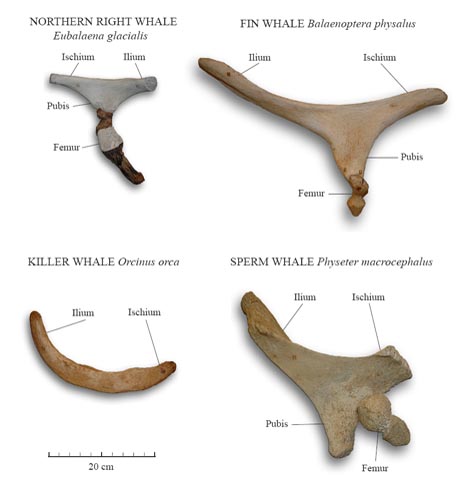
http://bergenmuseum.uib.no/fagsider/osteologi/hvaler/e_utstillingen_bekken.htm
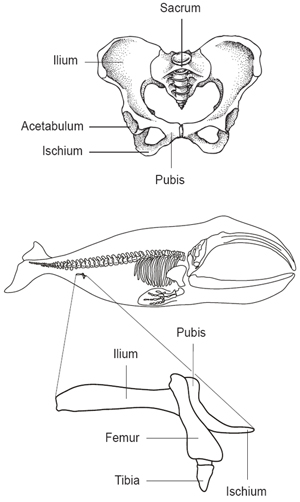
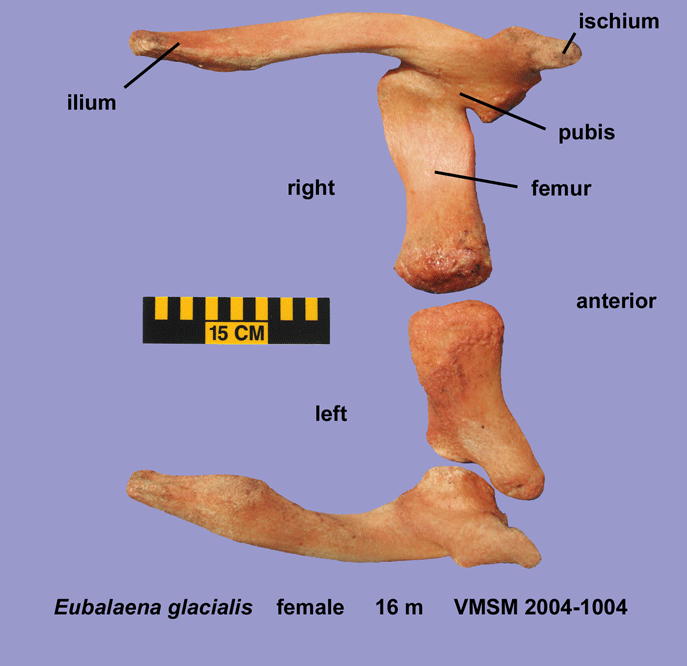
http://www.whoi.edu/science/B/whalepelvics/cgi-bin/page.cgi?t=Eubalaena_glacialis
Amazing complete list:
http://www.whoi.edu/science/B/whalepelvics/cgi-bin/page.cgi
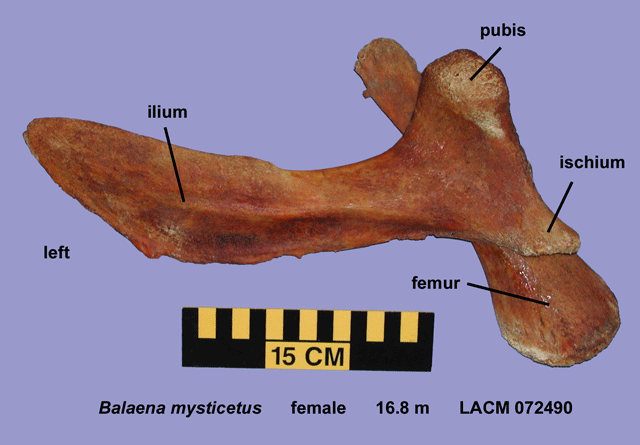
http://www.whoi.edu/science/B/whalepelvics/cgi-bin/page.cgi?t=Balaena_mysticetus
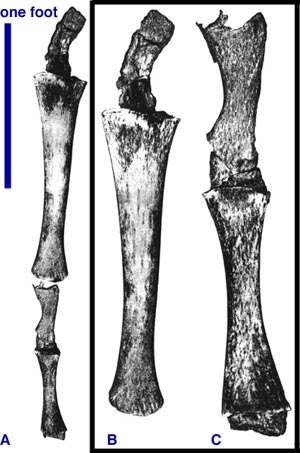
http://www.talkorigins.org/faqs/comdesc/section2.html
http://digitallibrary.amnh.org/dspace/handle/2246/4849
The occurrence of these left over parts also extends to dolphins that very rarely will actually have external “legs.”

The limbs are also visible en utero.

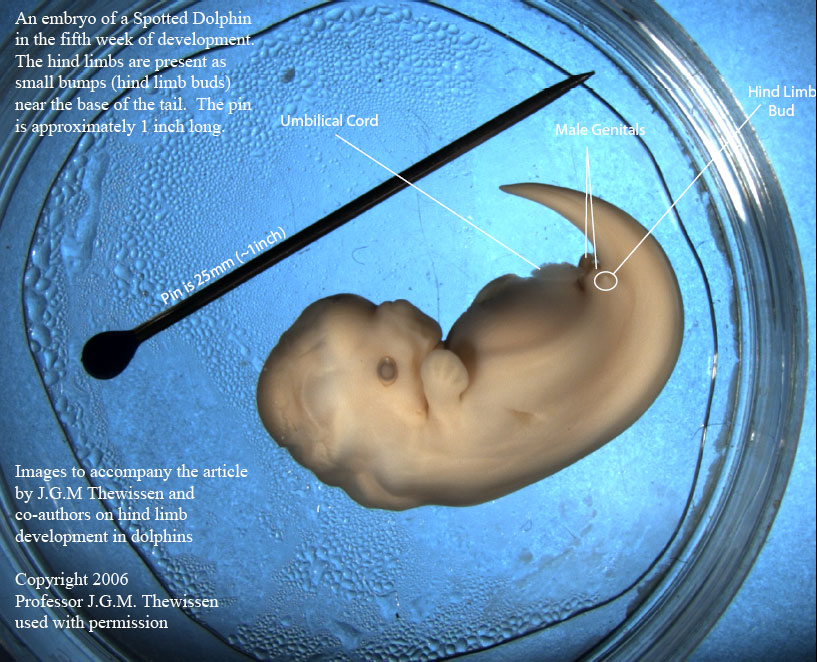
Hair is another sign of cetacean land origins.

In some species of dolphin these hair follicles have evolved into electro receptors! http://blogs.discovermagazine.com/notrocketscience/2011/07/26/dolphin-detects-electric-fields-with-ex-whisker-pits/#.UkmuQdJwpft

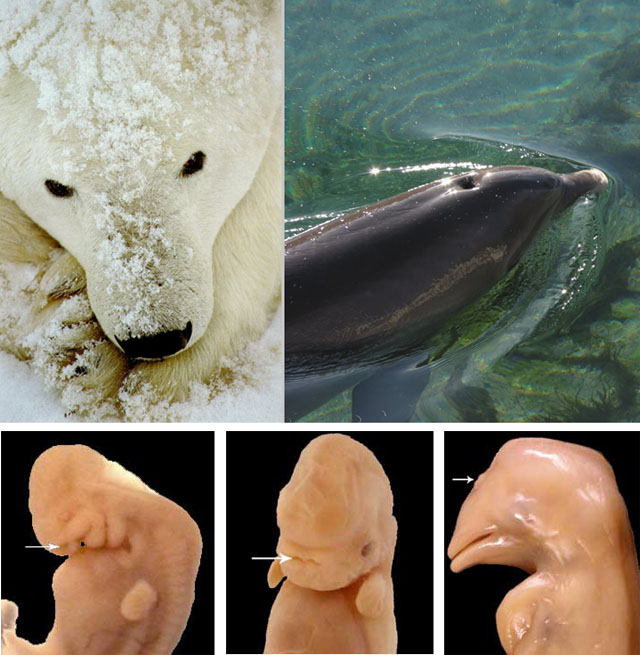
Adult cetaceans have a single blow hole on the top of the head. Other mammals and embryonic cetaceans have their nostrils on the front of their head. Yet another remnant of their shared ancestor.http://www.bio.georgiasouthern.edu/bio-home/harvey/lect/lectures.html?flnm=evel&ttl=Evolution&ccode=el&mda=scrn
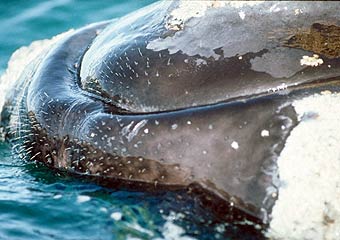
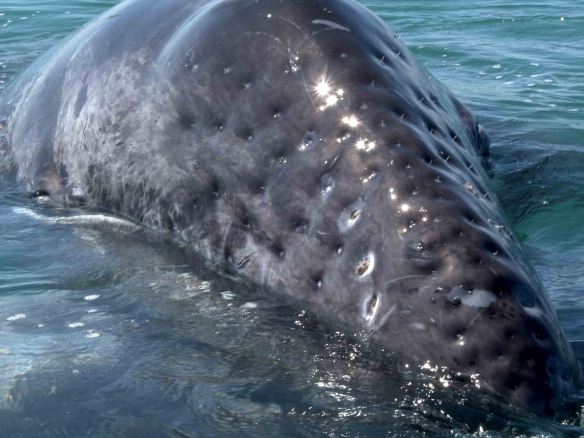

Manatee fingernails and hair
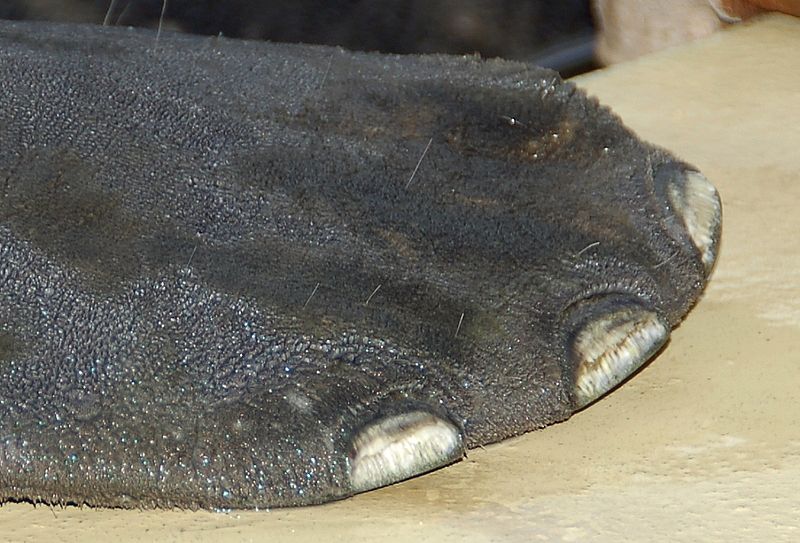
Also:
http://etb-whales.blogspot.com/2012/03/sea-cows-manatee-and-sirenia-evolution.html
http://insearchofmamiwata.blogspot.com/2012/05/manatee-rescue-at-lac-de-guiers.html
Recurrent Laryngeal Nerve

http://techcrash.net/giant-neurons/
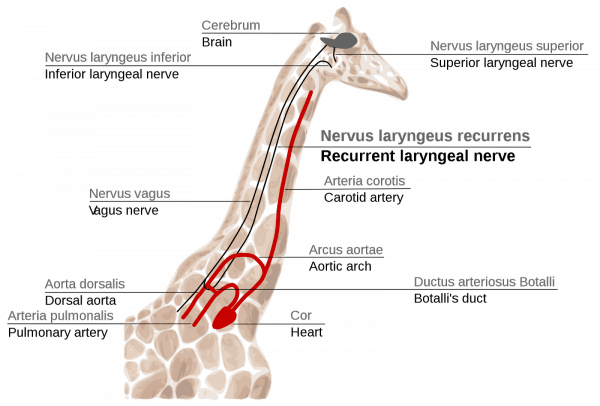
http://blog.eternalvigilance.me/2013/04/evidence-for-evolutionism-1-the-recurrent-laryngeal-nerve/
Amphiumas’ vestigial legs
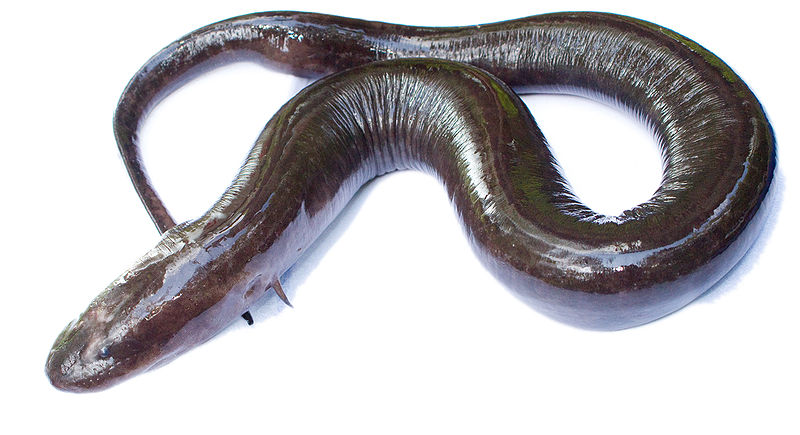
http://en.wikipedia.org/wiki/Two-toed_amphiuma

http://www.caudata.org/cc/species/Amphiuma/Amphiuma.shtml
Salamanders evolving towards leglessness
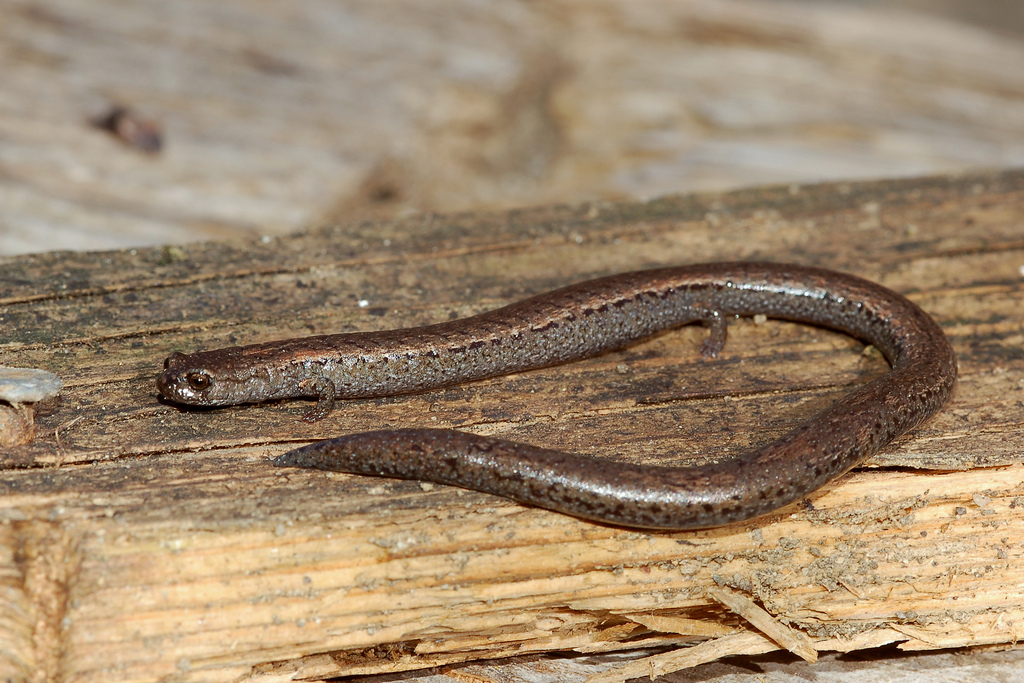
By squamatologist
http://www.flickr.com/photos/squamatologist/5452483498/
Also:
http://whyevolutionistrue.wordpress.com/2012/09/24/another-creationist-drops-by-to-show-that-theres-no-evidence-for-evolution/
http://www.flickr.com/photos/tigerhawkvok/3257151878/
http://alhlabbench.wordpress.com/tag/force-enhancement/
Some snakes also have the remnants of legs and pelvises that are used by males to help grip females during mating.
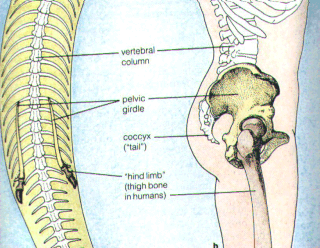
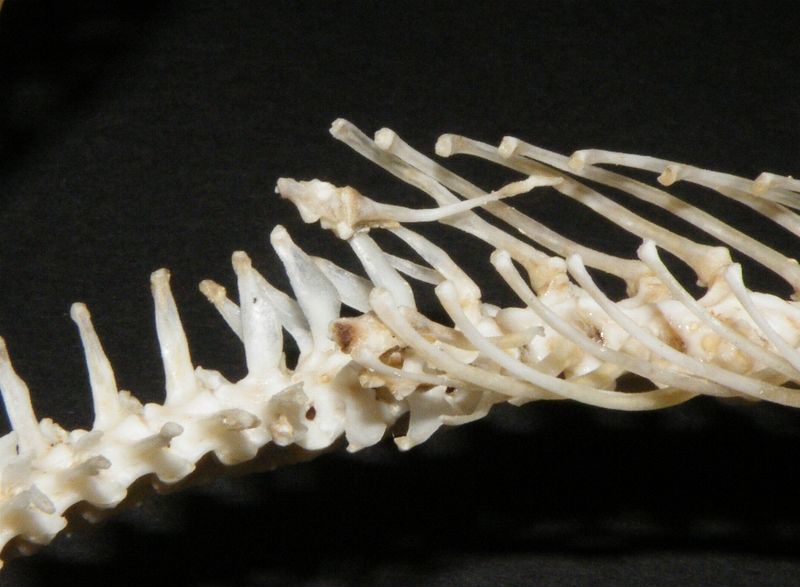
Legless lizards are another example of leftover limbs.
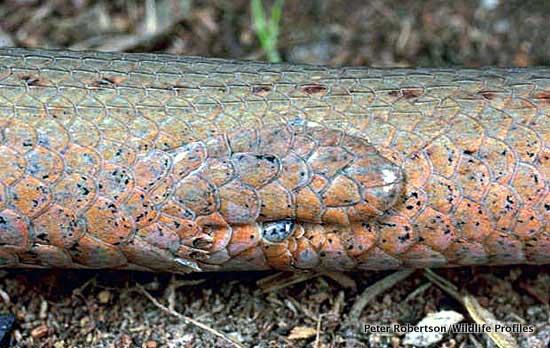
http://goulburnbrokendelmaimpar.wordpress.com/similar-species/other-legless-lizards/
Also,
http://www.arkive.org/western-hooded-scaly-foot/pygopus-nigriceps/image-G139321.html
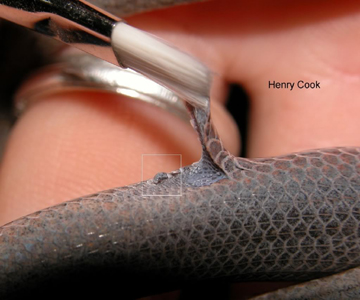
http://scienceblogs.com/tetrapodzoology/2011/06/03/hello-pygopodids/
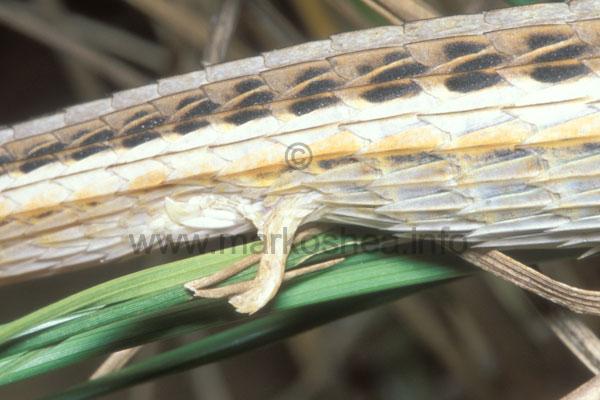
http://www.markoshea.info/oba4-2_s.africa03-1a.php
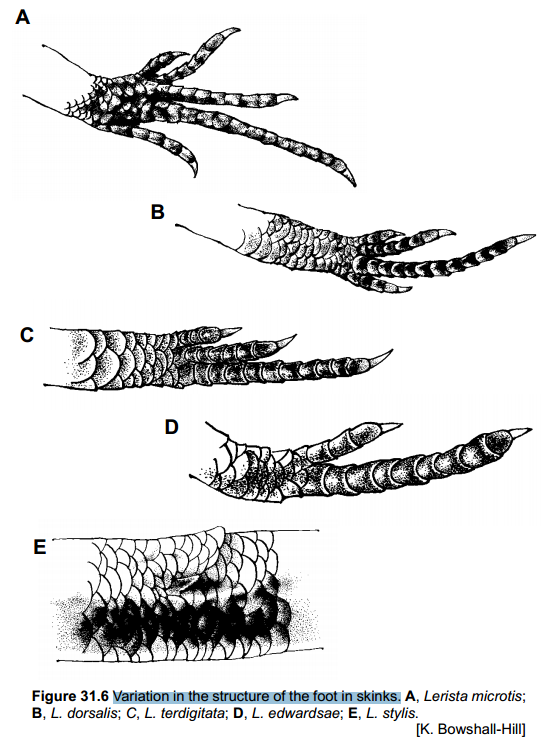
Read more: http://www.environment.gov.au/biodiversity/abrs/publications/fauna-of-australia/pubs/volume2a/31-fauna-2a-squamata-scincidae.pdf
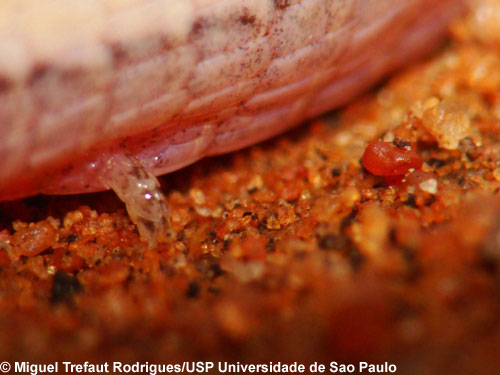
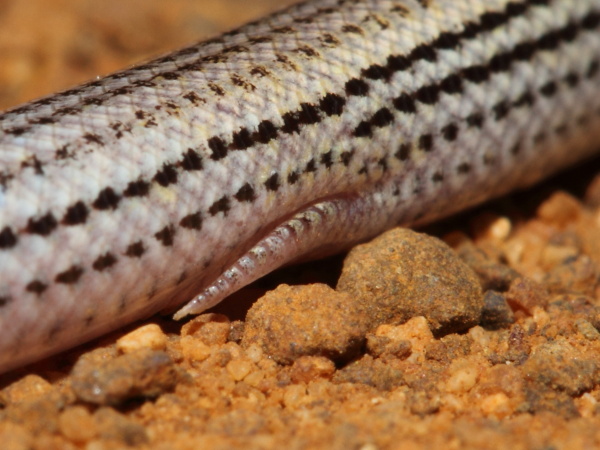
http://www.buckhambirding.co.za/wp/?page_id=7654
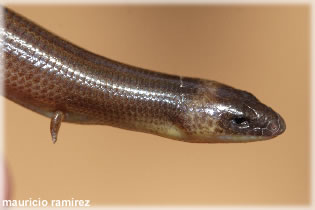
http://www.snakecatcher.com/threeclawedwormskink.htm
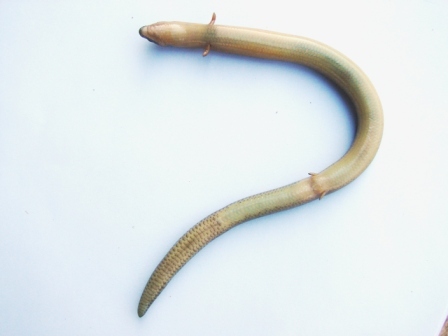
http://sportsmancreek.org/index.php/2012/10/verreauxs-sand-swimmer-anomalopus-verreauxi/
A few other resources on leglessness: http://life.bio.sunysb.edu/ee/wienslab/wienspdfs/2009/Evolution_of_Limblessness.pdf http://whitelab.biology.dal.ca/lb/Bejder%20and%20Hall.pdf http://etb-visual-evolution.blogspot.com/2012/05/snakes-with-legs-snake-evolution.html http://www.flickr.com/photos/stephenmahony/8530271046/ http://www.flickriver.com/photos/tags/wormskink/interesting/ http://gretelinaustralia.wordpress.com/2012/03/07/reptilien/ Dinosaur Arms – a similar series of changes took place with certain dinosaurs that no longer had much need for arms or fingers.
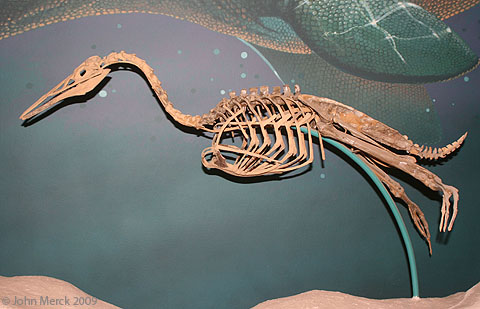
http://www.geol.umd.edu/~jmerck/nature/specimens/htmls/hesperornis70177.html
Read more here: www.google.com/url?q=http%3A%2F%2Fwww.geo.utexas.edu%2Fcourses%2F302d%2FMistaken%2520Extinction%2FChapter%252014.pdf&sa=D&sntz=1&usg=AFQjCNG8J_fA4AusBDhdUahLTLO_f9sjQA


Bird fingers – the above examples aren’t the only dinosaurs with intermediate fingers. There are quite a few examples of birds (which are a subset of dinosaurs) alive today that have something like fingers.
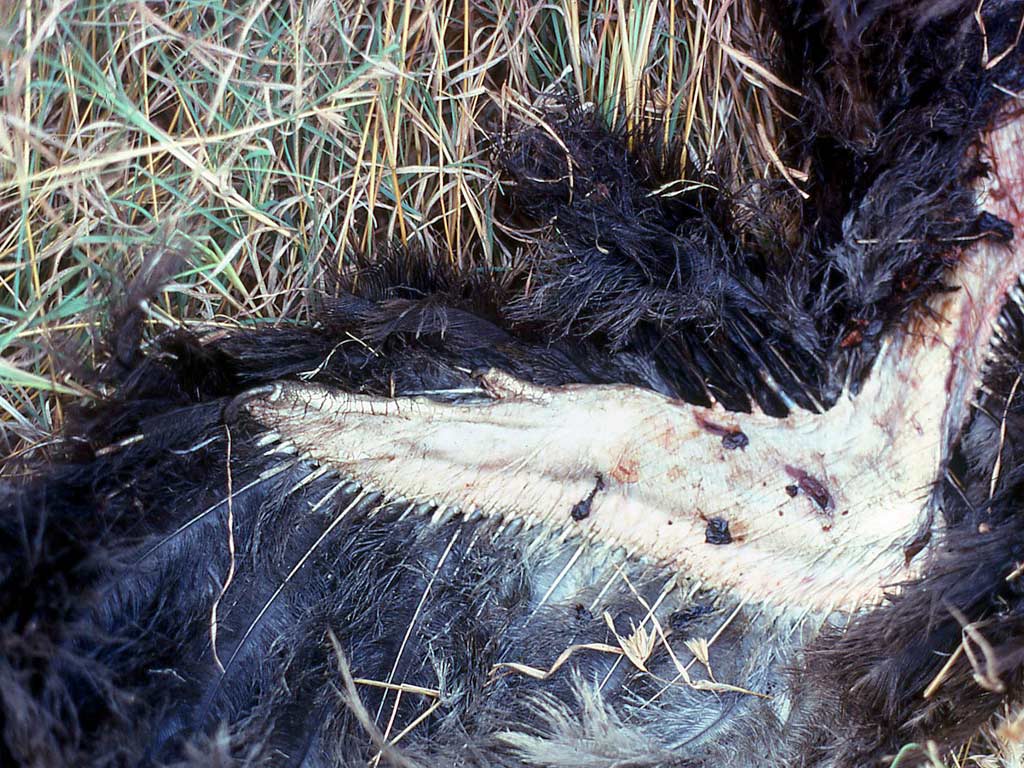
http://www.flickr.com/photos/davidbygott/4435592628/
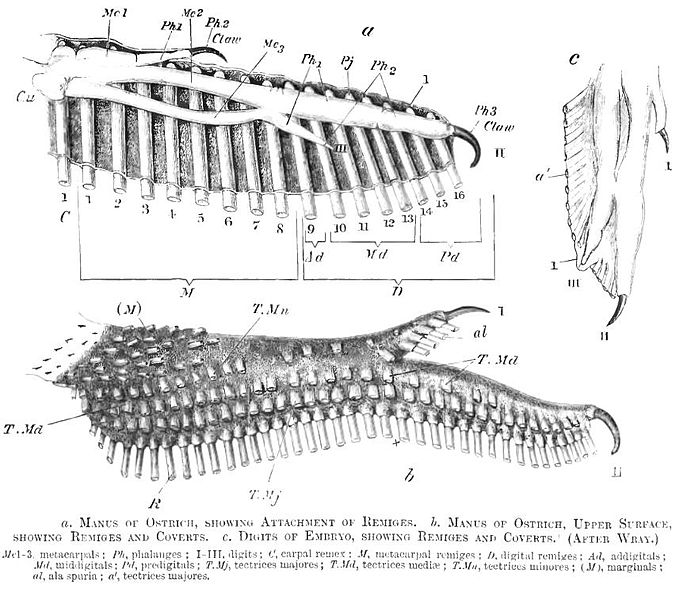
http://en.wikipedia.org/wiki/Ostrich
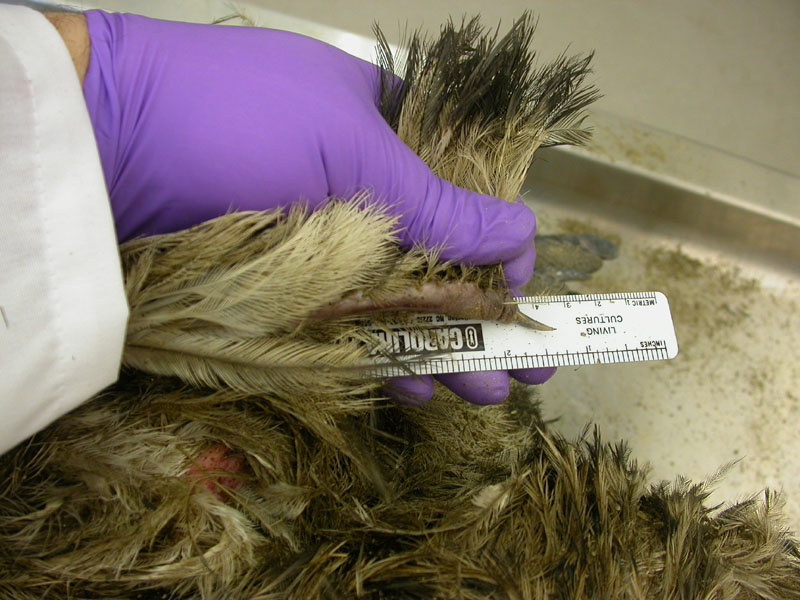
http://blog.revealedsingularity.net/category/tuesday-tetrapod/page/2

http://scienceblogs.com/tetrapodzoology/2009/04/27/dissecting-an-emu/
Also:
http://aaaamory.deviantart.com/art/Emu-Wing-Claw-135132877
http://www.backyardchickens.com/t/768667/photo-gallery
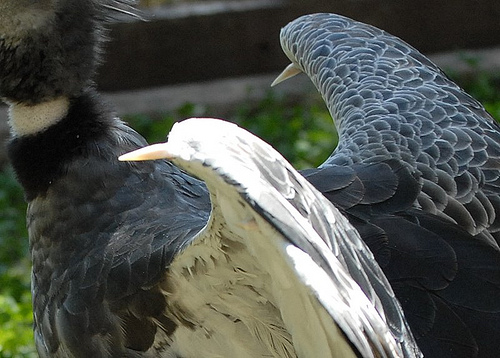
http://www.theguardian.com/science/punctuated-equilibrium/2010/sep/28/1

http://whatsinjohnsfreezer.com/2013/05/
Also:
http://scienceblogs.com/tetrapodzoology/2010/06/20/detachable-wing-daggers/
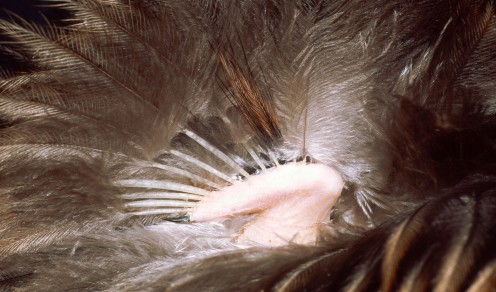
http://www.kiwisforkiwi.org/about-kiwi/kiwi-facts-characteristics/flightless/
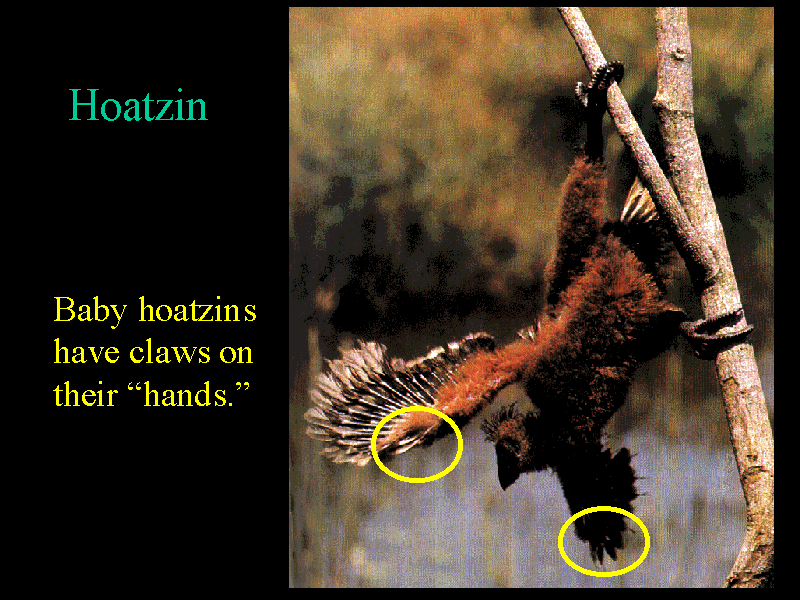
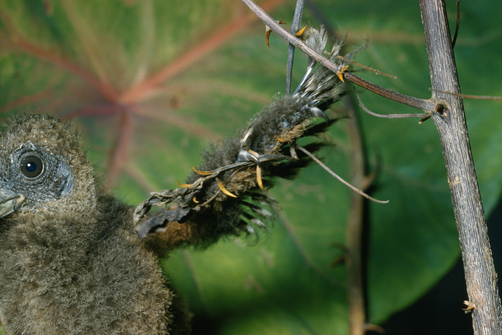
http://www.natgeocreative.com/photography/1071618
Also:
http://www.superstock.com/stock-photos-images/4201-39855
http://biologicalbeachcombing.blogspot.com/2012_02_01_archive.html
Flightless Cormorant
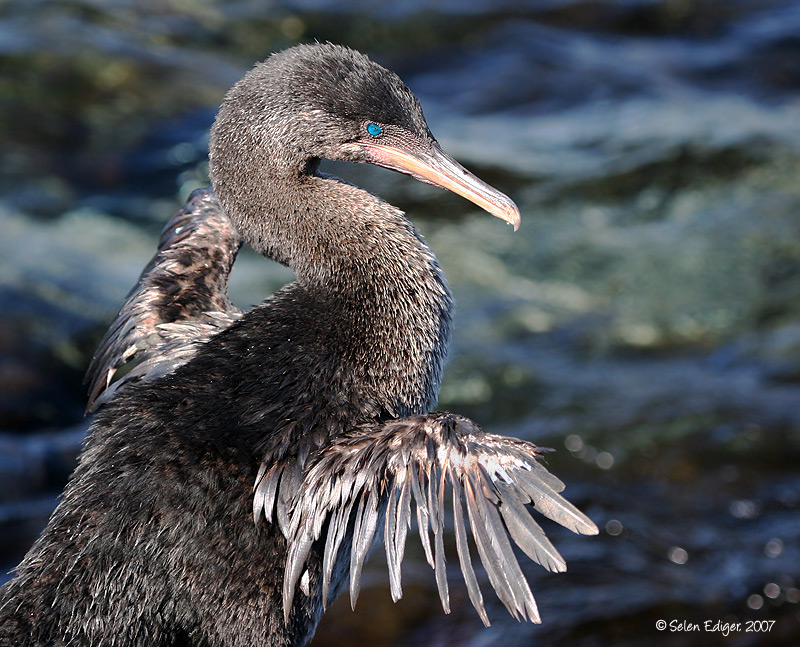
http://www.treknature.com/gallery/South_America/Ecuador/photo146764.htm
http://www.naturediscoveries.com/galapago/galapago.htm
Horses – The evolution of horse appendages is well documented within the fossil record. Please see here for more illustrations on this. This change, however, is still in process and has left a number of remnants that teach us about the horse’s ancestral past.

http://en.wikipedia.org/wiki/Limbs_of_the_horse
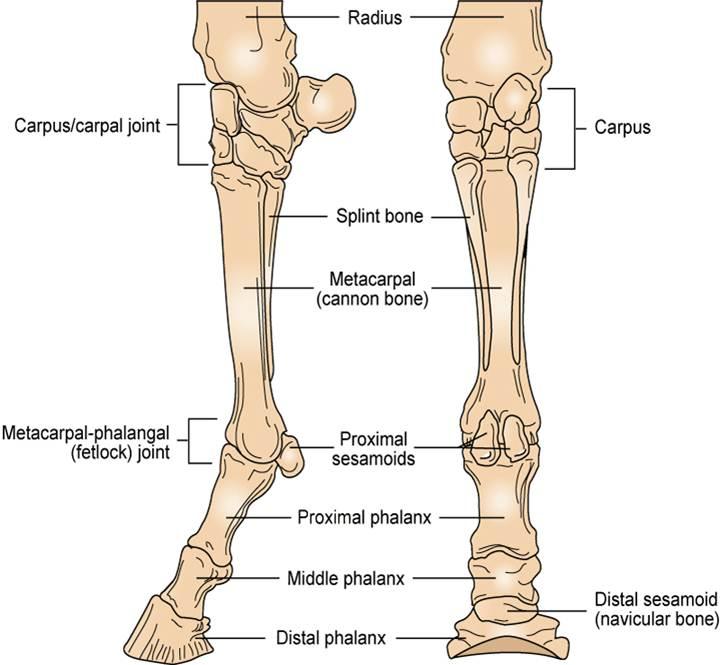
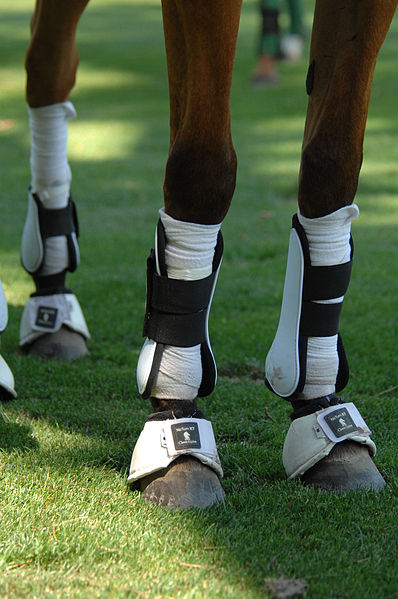
http://en.wikipedia.org/wiki/Limbs_of_the_horse

http://www.horsegroomingsupplies.com/horse-forums/fractured-splint-bone-462116.html
Read more: http://ncse.com/rncse/30/4/vestigial-structures-exist-even-within-creationist-paradigm The horse vestigial bone structures don’t end there. The ulna and fibula also show signs of being remnants of past forms.

http://www.horse360.com.au/app/images/Horse%20360%20Android%20Tablet/general/
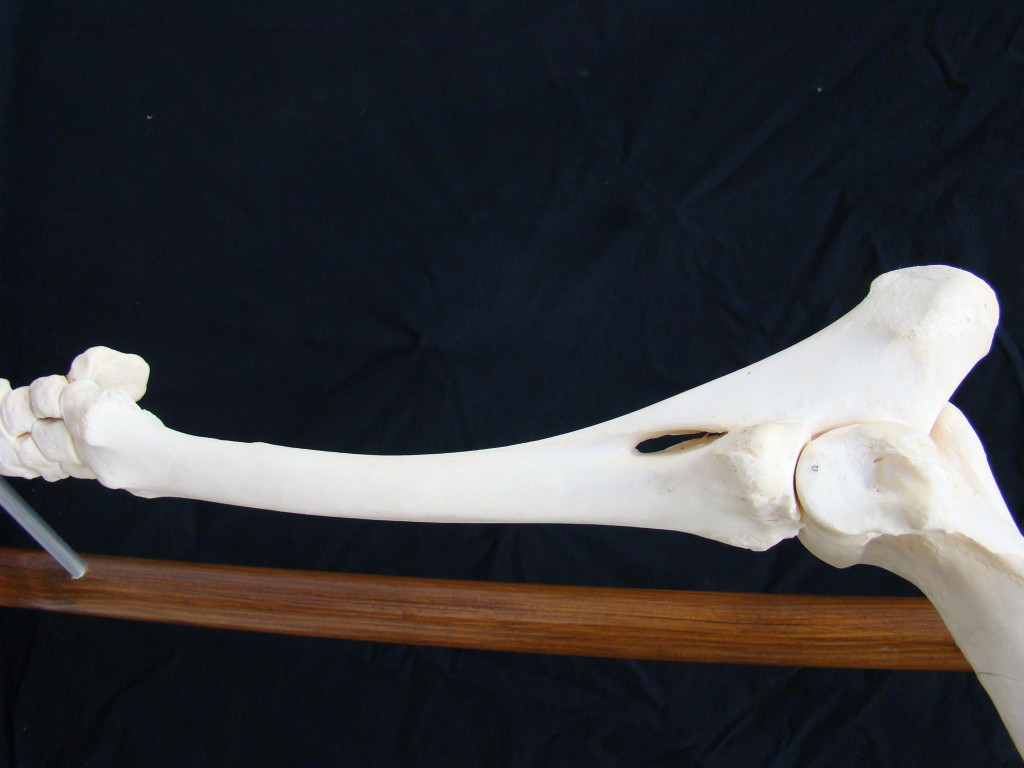
http://www.onlineveterinaryanatomy.net/content/equine-radius-and-ulna-situ-lateral-view

http://www.horse360.com.au/app/images/Horse%20360%20Android%20Tablet/general/

http://en.wikipedia.org/wiki/Skeletal_system_of_the_horse
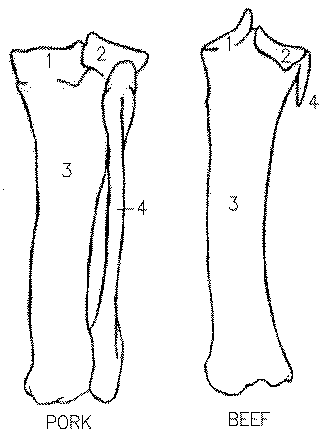

Blindness helps us see evolution A very long list of cave and subterranean species could be produced that demonstrate the reduction and mutation of eyes. For some species the eyes (but often not the sockets) are completely gone or so reduced that they are almost not visible.
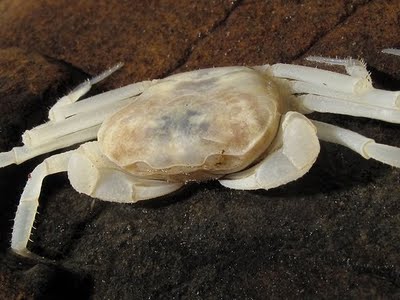

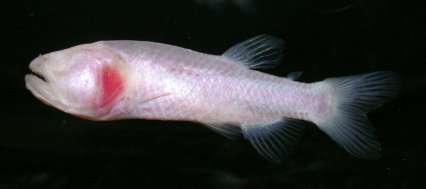


http://jhered.oxfordjournals.org/content/96/3/185.full
Does this pique your interest? Here are a few more interesting articles on the topic of these two closely related but different species:http://biologybizarre.blogspot.com/2013/04/eyeless-cavefish-are-pickin-up-good_25.html
http://www.nature.com/news/2009/090408/full/458695a.html
http://www.huffingtonpost.com/richard-borowsky/cave-fish-insomnia_b_1981606.html
http://news.sciencemag.org/2004/10/cave-fish-go-blind-purpose
Subterranean or fossorial eyes similarly show us the vestigiality. (Numerous examples could be listed here.
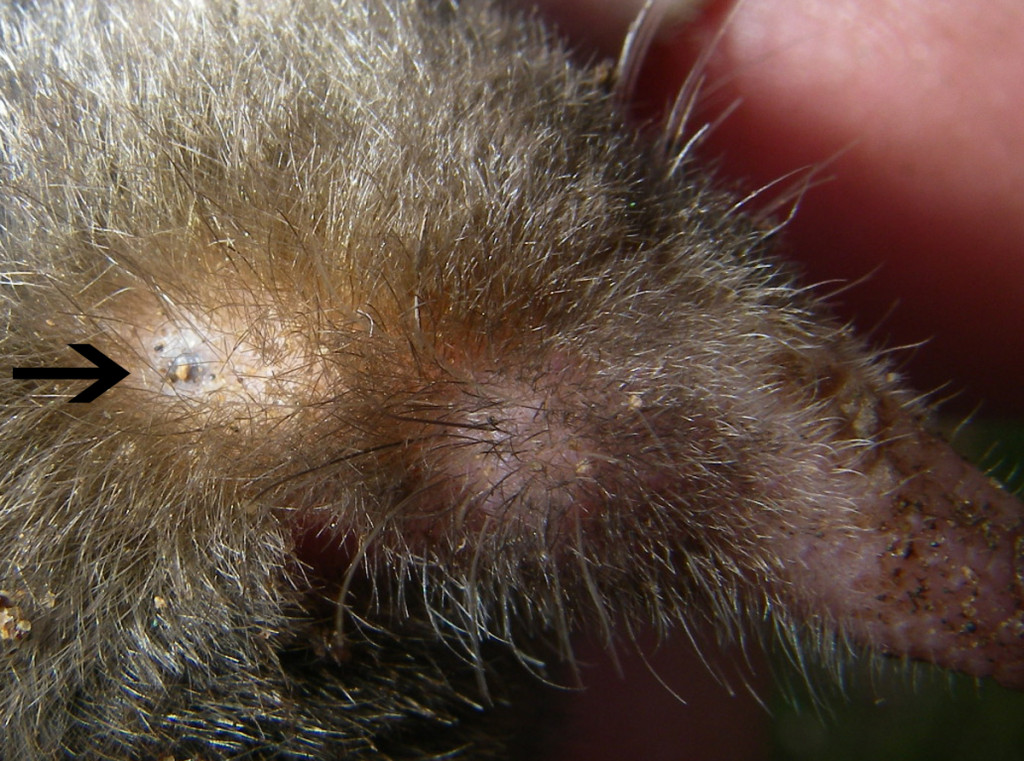
http://naturalistguy.com/2011/06/24/3191/Interesting work has been done on the lens genes of moles. They are highly mutated but seem to still have some relevance since they are somewhat conserved when compared to other mammals. Read more on this: http://www.biomedcentral.com/1741-7007/6/44/abstract
http://mbe.oxfordjournals.org/content/2/4/279.full.pdf
http://www.pnas.org/content/84/15/5320.full.pdfAlso interesting: http://squamates.blogspot.com/2010/11/fossorial-eyes.html
Pinniped Ears
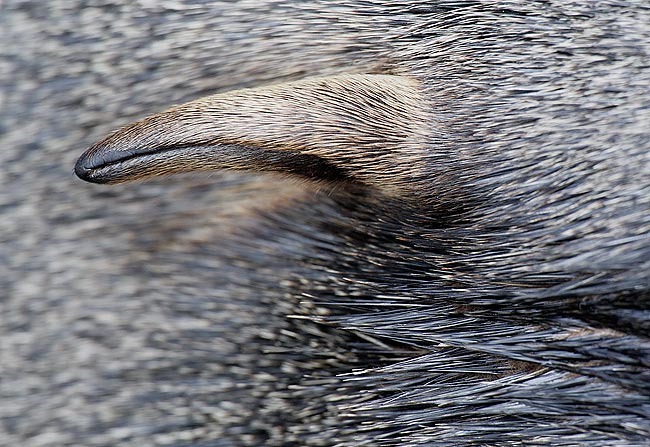
http://birdsasart.com/bn238.htmMore: http://www.columbiariversealions.com/2012/01/whats-the-difference-between-seals-and-sea-lions/
http://www.newtonsapple.org.uk/evolution-of-the-elephant-seal/
http://www.marinemammalcenter.org/education/marine-mammal-information/pinnipeds/guadalupe-fur-seal/
http://en.wikipedia.org/wiki/File:Walrus_-_Kamogawa_Seaworld_-_1.jpg
Pinniped nails
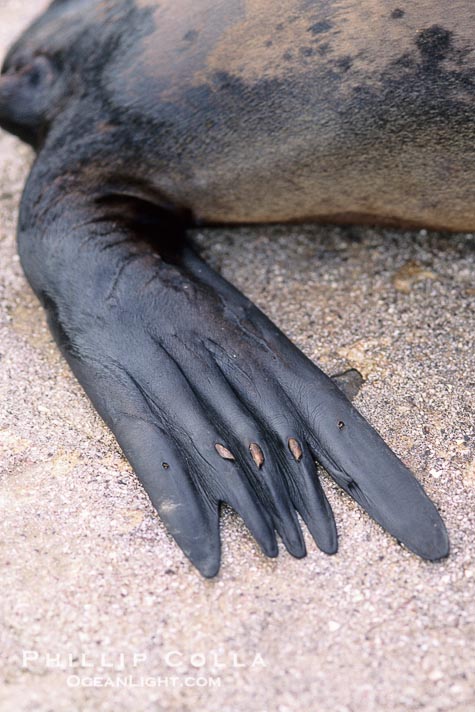
http://www.oceanlight.com/spotlight.php?img=02257
http://www.oceanlight.com/spotlight.php?img=03234
They aren’t totally functionless, though: http://www.flickr.com/photos/marlinharms/5737534193/
http://z-letter.com/2010/10/27/samc/
http://www.arkive.org/california-sea-lion/zalophus-californianus/image-G28770.html
http://www.care2.com/c2c/groups/disc.html?gpp=11767&pst=1105790
http://www.arkive.org/northern-elephant-seal/mirounga-angustirostris/image-G27354.html
Koala Skulls

Image: http://www.pbs.org/wnet/nature/lessons/the-koala-diet/enhanced-video-resource/7852/
Read more: http://www.pbs.org/wnet/nature/lessons/the-koala-diet/enhanced-video-resource/7852/
Stapedial Artery
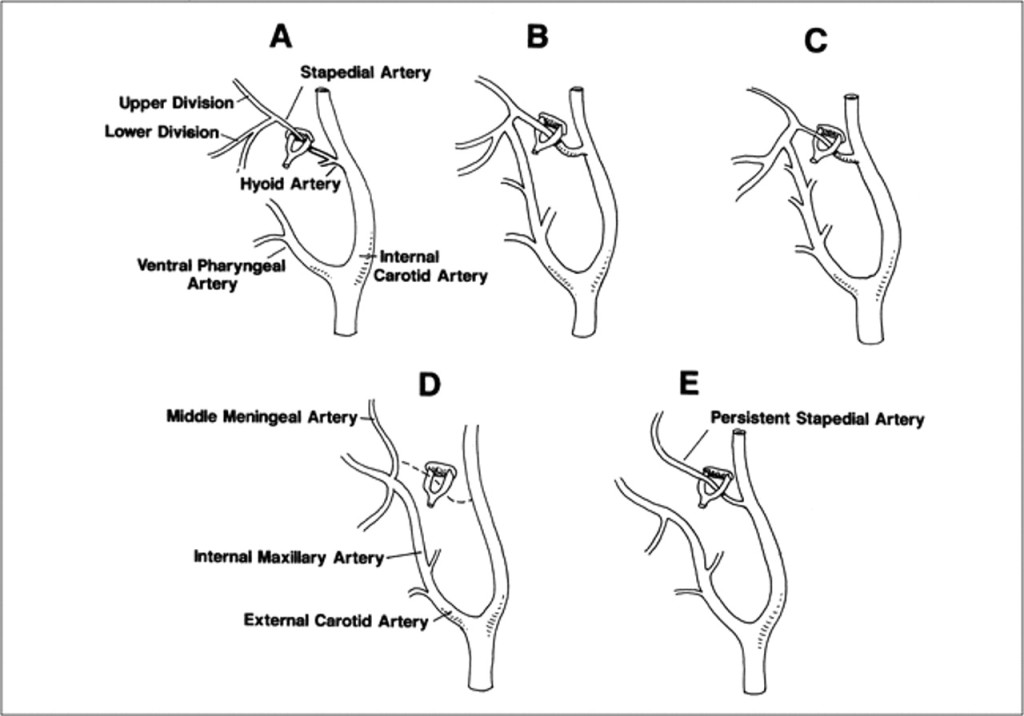
http://www.ajnr.org/content/21/3/572/F6.expansion.html
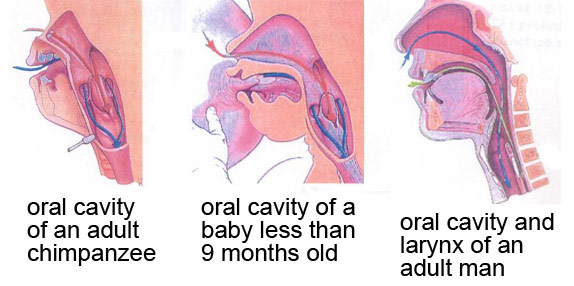
Blind Spot

http://www.studyblue.com/notes/note/n/vision-the-eye-/deck/712392

http://ceph.wikispaces.com/
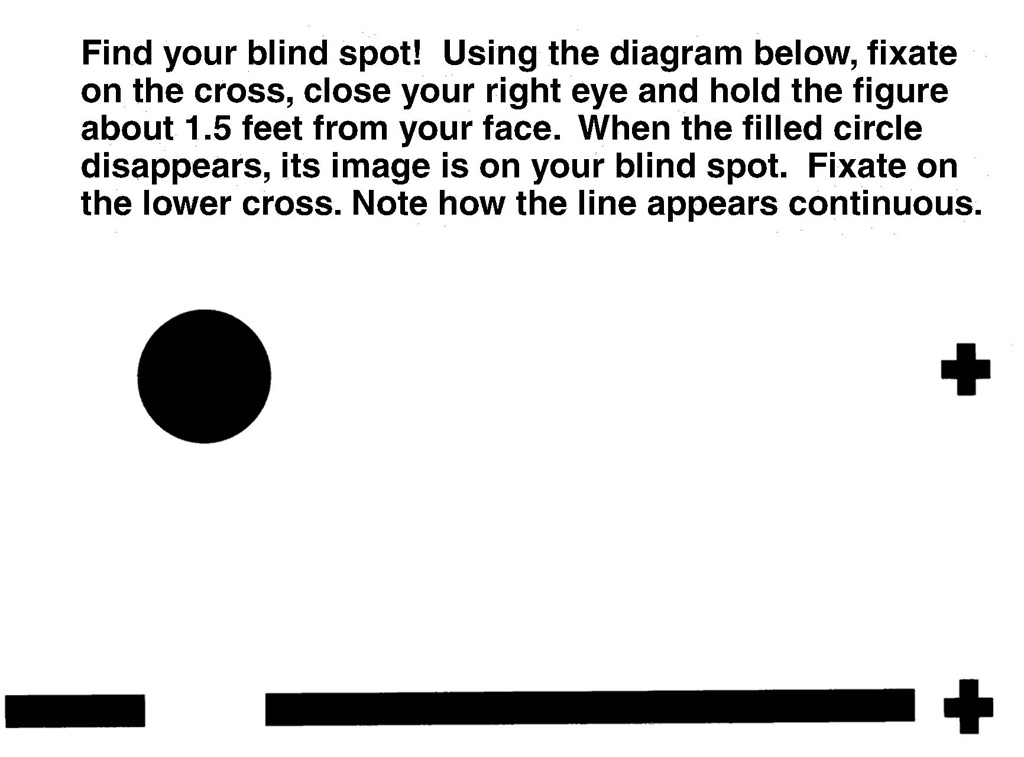
The blind spot is an area of our retina that is unable to see because the optic nerve and associated vasculature emerge through the retina and go /over/ it. This is a terrible way to design an eye and shows us the haphazard design that evolution can take.
http://histology.med.umich.edu/medical/eye
The light spot is your blind spot here: http://thebrain.mcgill.ca/flash/capsules/outil_bleu21.html

Also:
http://www.ncbi.nlm.nih.gov/pubmed/12793110
http://www.ncbi.nlm.nih.gov/pubmed/21303605
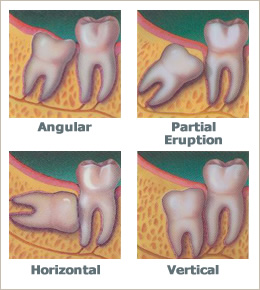
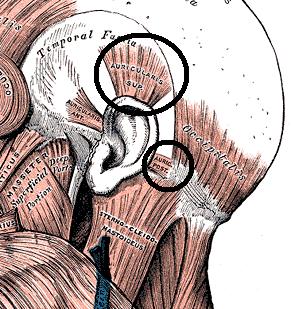
http://thesymbiont.blogspot.com/2010/06/human-evolution-proofs-in-picture-form.html

http://science.howstuffworks.com/life/human-biology/appendix.htm
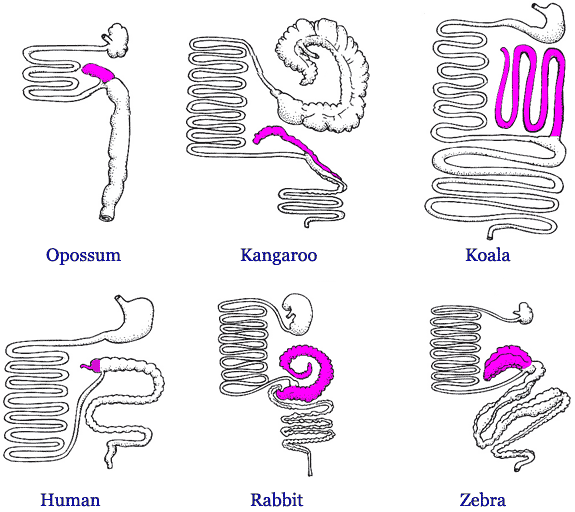
http://www.talkorigins.org/faqs/vestiges/appendix.html
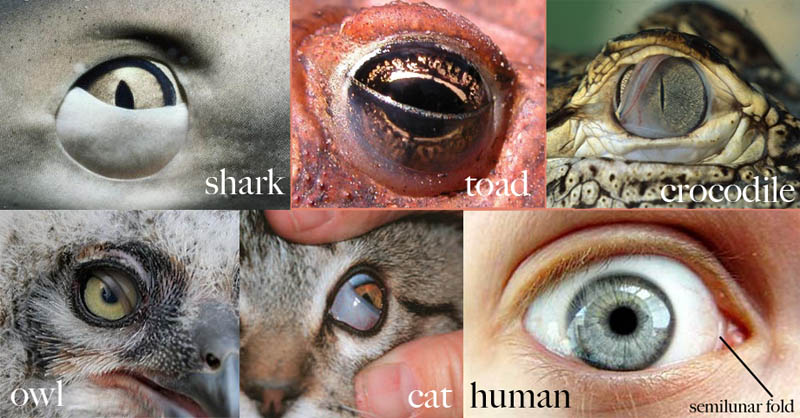
http://www.bio.miami.edu/dana/160/160S13_5.html
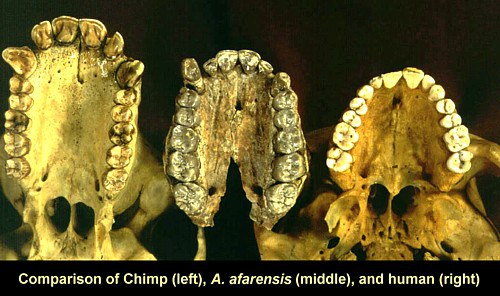
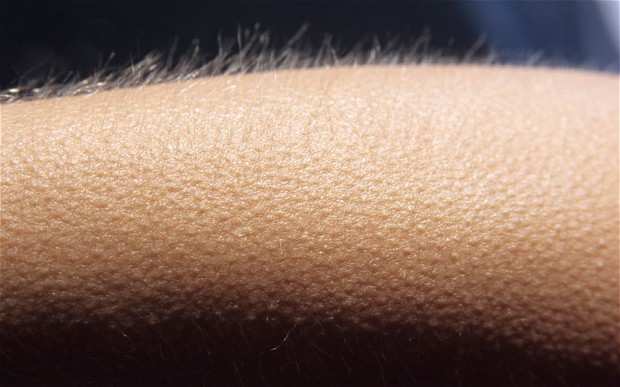
http://www.telegraph.co.uk/science/science-news/9738570/Goosebumps-the-lie-detector-for-emotions.html
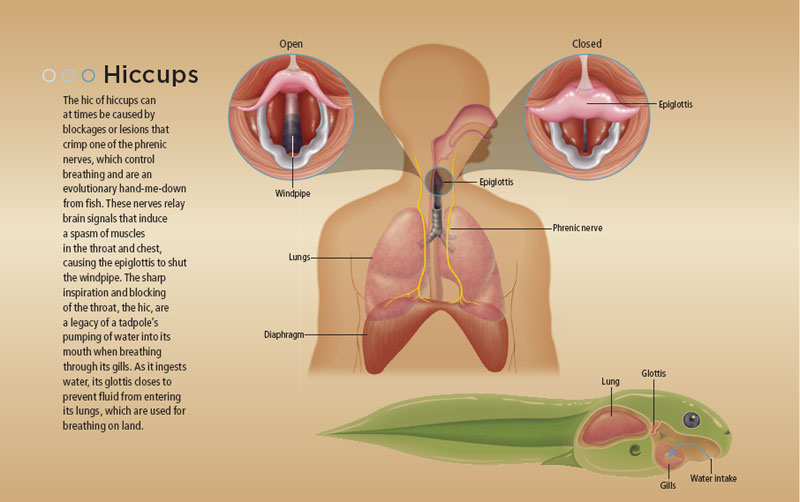
Bonus fact: Charles Osborne holds the Guinness World Record for the longest continuous hiccup at 68 years. http://en.wikipedia.org/wiki/Charles_Osborne_(hiccups)
Read more on our evolutionary vestiges:
http://mukto-mona.net/Special_Event_/Darwin_day/2009/english/SA_old_bodyShubin.pdfhttp://www.nature.com/scientificamerican/journal/v300/n1/box/scientificamerican0109-64_BX2.html http://health.howstuffworks.com/diseases-conditions/respiratory/hiccup1.htm http://www.bbc.co.uk/news/health-13278255
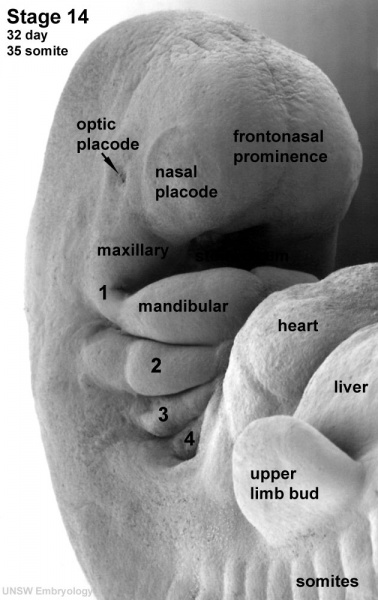
http://php.med.unsw.edu.au/embryology/index.php?title=Pharyngeal_arches

http://www.pnas.org/content/106/14/5720.full.pdf

More: http://www.nature.com/ncomms/journal/v4/n2/full/ncomms2429.html
http://php.med.unsw.edu.au/embryology/index.php?title=Hearing_-_Middle_Ear_Development http://www.columbia.edu/itc/hs/medical/humandev/2004/Chapt9-PharyngealArches.pdf http://pigeonchess.com/2012/05/31/gill-slits-by-any-other-name/
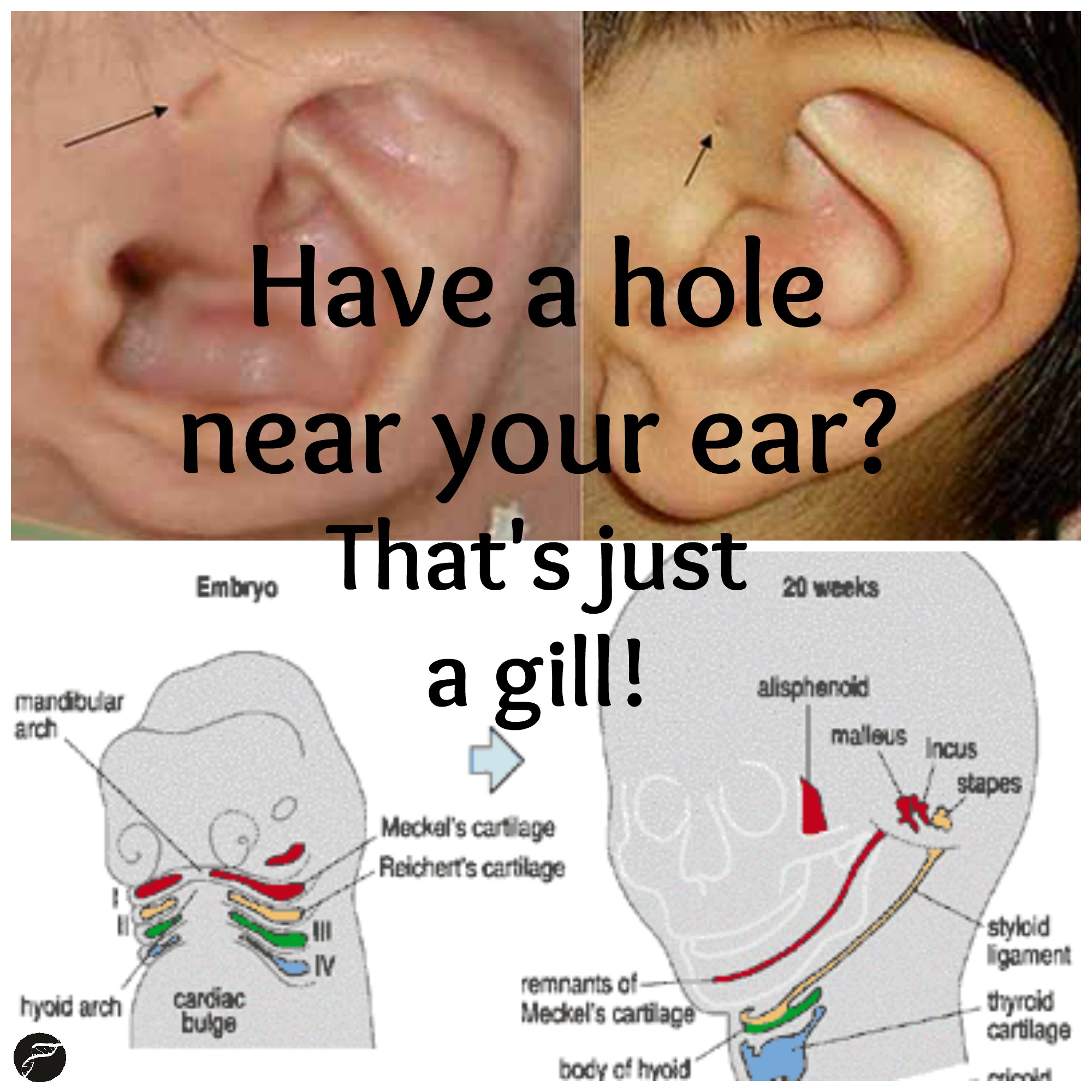
Common Pit Near Ear from Fishy BeginningsDo you have or know anyone that does have a pit/sinus/cyst near the top of their ear by their face? If so, you/they are demonstrating a common and slight malformation of one of the branchial arches, aka ancient gills!Early in development humans (as well as birds, reptiles, amphibians, and, of course, fish) all have these gill like arches. In our ancestors, they developed into gill arches. In us, some of these gills develop into parts of our jaw, inner ear, and throat, such as the hyoid bone (The free floating bone directly above the “Adam’s apple” on our neck. Go ahead, feel for it now.).
Sometimes that process of turning former gills into a throat leaves behind little leftovers of our evolutionary past. One such example is the preauricular (before the ear) pit, which in essence is a tiny gill slit. Isn’t that amazing! Check it out and share with others! They deserve to know about the incredible history their body is demonstrating!
You need to watch “Your Inner Fish” by Neil Shubin (or better yet, buy the book!): http://www.pbs.org/your-inner-fish/watch/
Read more (and source of embryo pic):
http://scienceblogs.com/pharyngula/2006/06/21/deep-homologies-in-the-pharyng/
Ear image from:
http://elementsofmorphology.nih.gov/index.cgi?tid=792cfeacf93ca391
Picture that is frighteningly enlarged of a preauricular pit (beware):
http://pinna.hawkelibrary.com/pitsandsinuses/1_19?full=1
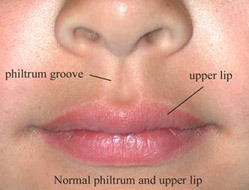
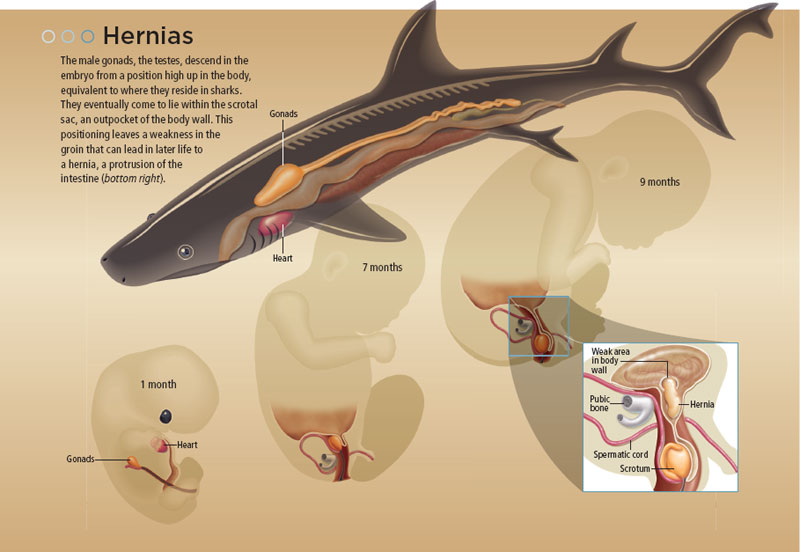
http://mukto-mona.net/Special_Event_/Darwin_day/2009/english/SA_old_bodyShubin.pdf http://www.nature.com/scientificamerican/journal/v300/n1/box/scientificamerican0109-64_BX1.html http://www.drugs.com/cg/inguinal-hernia.html
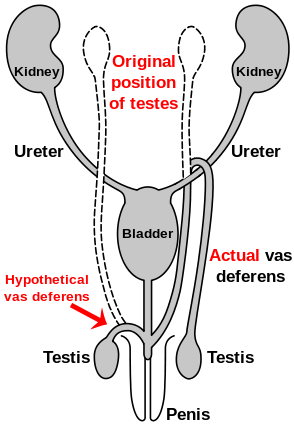
http://commons.wikimedia.org/wiki/File:Route_of_vas_deferens_en.svg
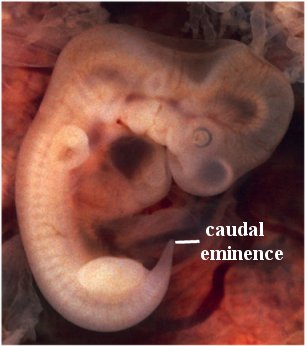

http://en.wikipedia.org/wiki/Embryo
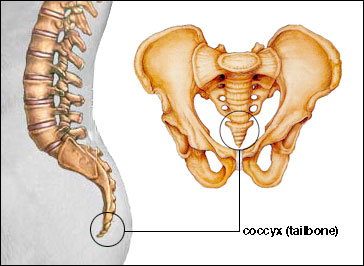

http://www.museumsinflorence.com/uffizi/Pal/palazzo.html
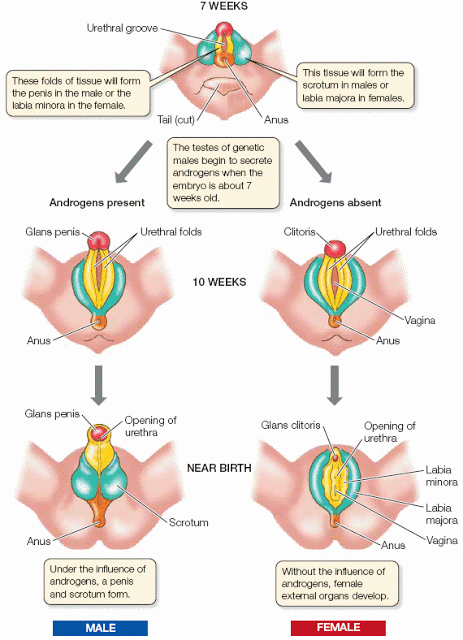
http://thesymbiont.blogspot.com/2010/06/human-evolution-proofs-in-picture-form.html


http://thesymbiont.blogspot.com/2010/06/human-evolution-proofs-in-picture-form.htmlhttp://io9.com/5984591/you-probably-dont-know-how-many-holes-are-in-your-body-right-now
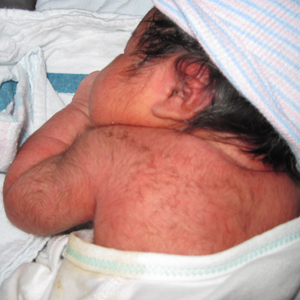

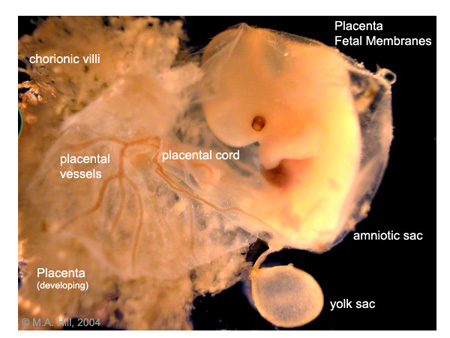
http://discoveringsomethingneweveryday.blogspot.com/2012/11/human-embryo-at-6-weeks-only-half-inch.htmlhttp://biologicalfreak0729.blogspot.com/2012_10_01_archive.html
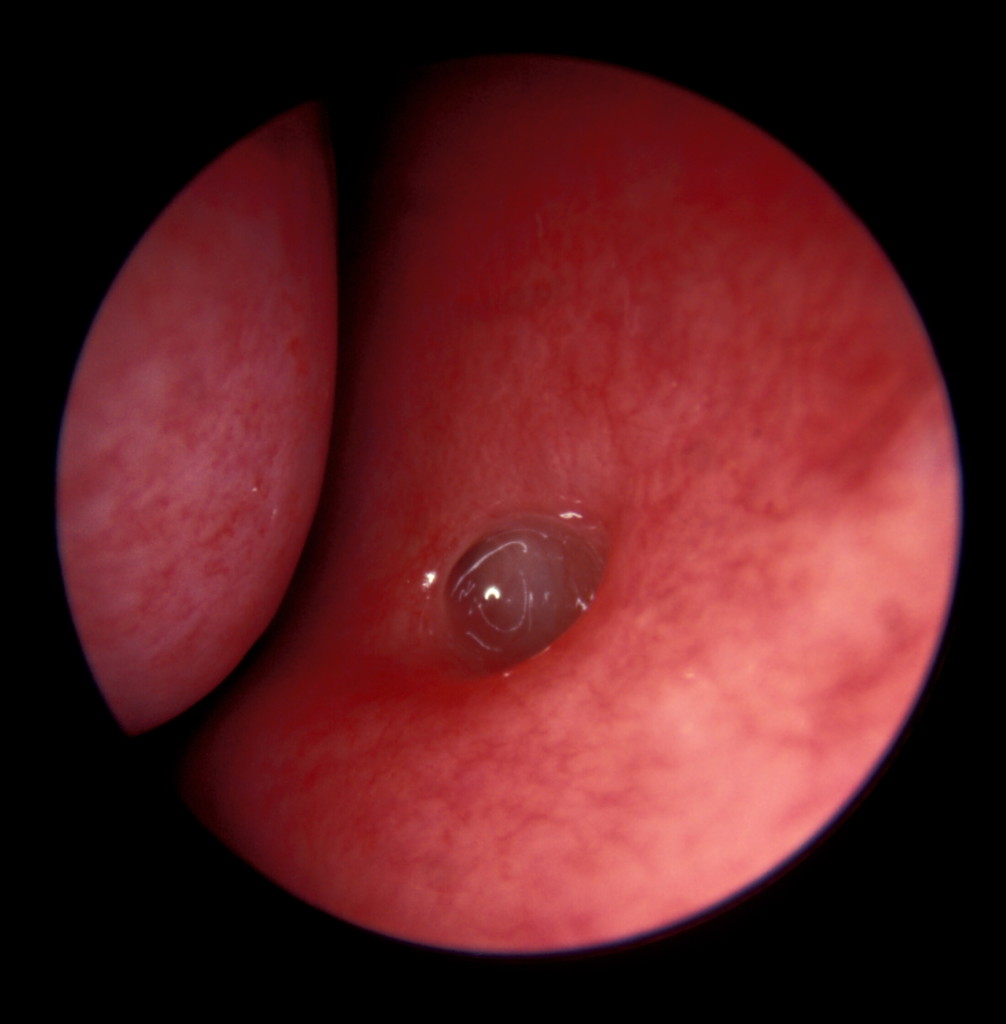
http://rhinitis.hawkelibrary.com/album05/33_G?full=1http://www.entusa.com/nose_photos.htmhttp://en.wikipedia.org/wiki/File:Gray51.pnghttp://www.scielo.cl/scielo.php?pid=S0717-95022008000200006&script=sci_arttexthttp://www.ncbi.nlm.nih.gov/pmc/articles/PMC1468331/
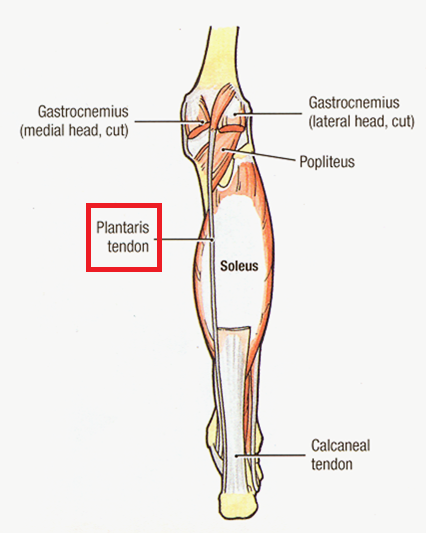
http://www.ncbi.nlm.nih.gov/pmc/articles/PMC1978447/
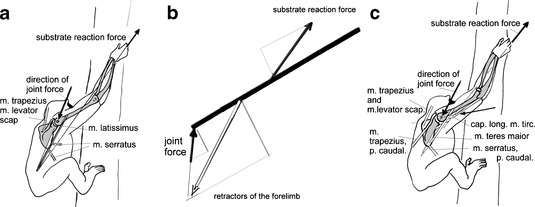
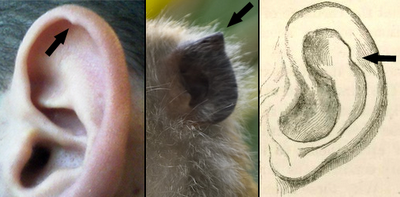
http://othersidereflections.blogspot.com/2011/03/weit-human-vestigiality-atavisms.htmlhttp://en.wikipedia.org/wiki/Darwin’s_tubercle

http://thesymbiont.blogspot.com/2011/01/teeth-why-we-lose-em-and-how-other.html
http://todayilearned.co.uk/2011/06/20/childs-skull-with-adult-teeth-preparing-to-change-the-baby-ones/
http://forum.santabanta.com/showthread.htm?324800-Facts-About-Human-Body/page2

http://thesymbiont.blogspot.com/2010/06/human-evolution-proofs-in-picture-form.html
Genetic Remnants, aka Atavisms (see whales at top of page, as well) –
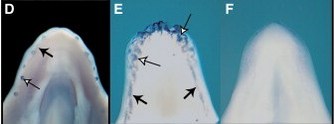
60 to 80 million years ago the ancestors of birds had teeth. Above is a diagram showing that mutant chickens can revive some of the teeth genes to begin the growth of teeth. On the far left is the gene ‘Shh’ (involved in tooth growth) being expressed in an crocodile. The middle picture is the same gene being expressed in a chicken mutant. The right picture is a normal chicken. http://www.nature.com/scitable/topicpage/atavism-embryology-development-and-evolution-843There is an interesting group of scientists that are trying to reverse engineer a dinosaur from the remnant psuedogenes within a chicken. Check out more on this: http://apt46.net/2011/09/28/reverse-engineering-a-dinosaur/

Pseudogenes

Humans could smell many, many times better than we do…If our genes hadn’t mutated. More than 51% of human olfactory genes have become mutated and turned off. Why? There wasn’t the necessary selective pressure to keep them intact. One interesting reason is that we, unlike many other simians, have trichromacy, or three color receptors (red, green, blue) rather than two, like many other simians. This heightened visual acuity to distinguish ripe from unripe, rotten from fresh likely made accute smell unnecessary.http://www.plosbiology.org/article/info%3Adoi%2F10.1371%2Fjournal.pbio.0020005http://www.nikon.com/about/feelnikon/light/chap05/sec01.htmThis same trend is present in aquatic mammals, like sea lions, whales, and dolphins. Dolphins have 80% of their olfactory (smell) genes mutated into pseudogenes. The same is also true of sea snakes.http://whyevolutionistrue.wordpress.com/2009/12/21/more-evidence-for-evolution-dead-genes-in-sea-snakes/
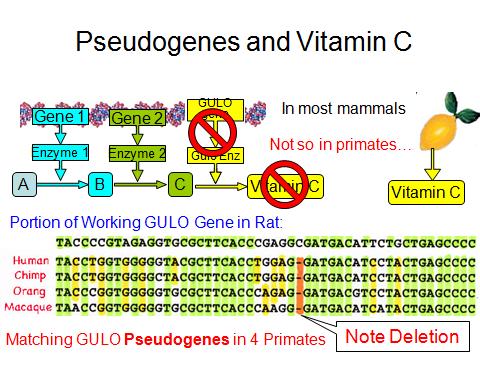
http://evolutionaos.wikispaces.com/5a.+Conservation+of+Genes
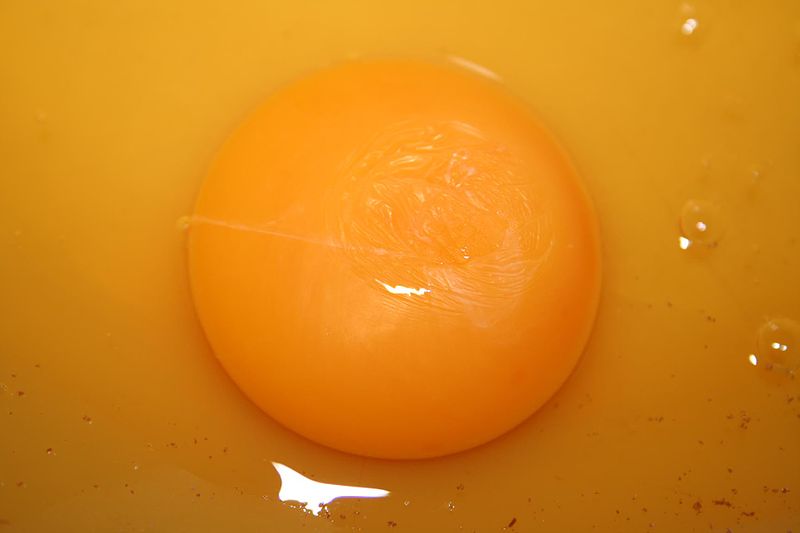
News article: http://www.sciencedaily.com/releases/2008/03/080318094610.htm
Journal article:
http://www.plosbiology.org/article/info%3Adoi%2F10.1371%2Fjournal.pbio.0060063
Image:
http://commons.wikimedia.org/wiki/File:Yolk.jpg
More on human pseudogenes:
http://www.talkorigins.org/faqs/comdesc/section2.html#mol_vestiges
http://en.wikipedia.org/wiki/Human_disabled_pseudogenes_list
http://www.uam.es/personal_pdi/ciencias/genhum/bibliogenoma/pseudogenes2004.pdf
http://www.ncbi.nlm.nih.gov/pmc/articles/PMC403797/
http://www.pseudogene.org/human/index.php

